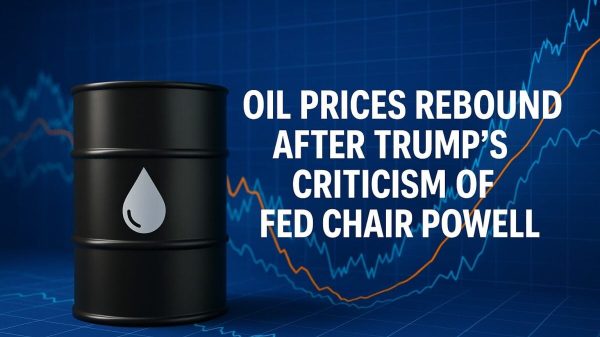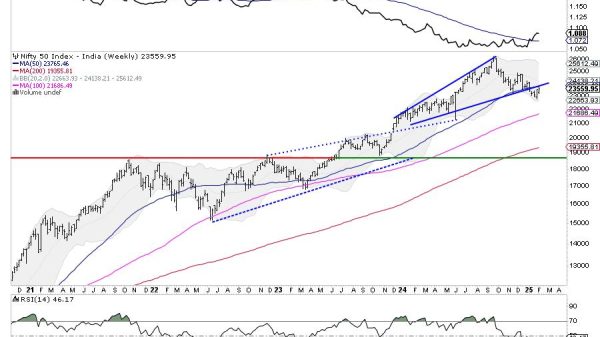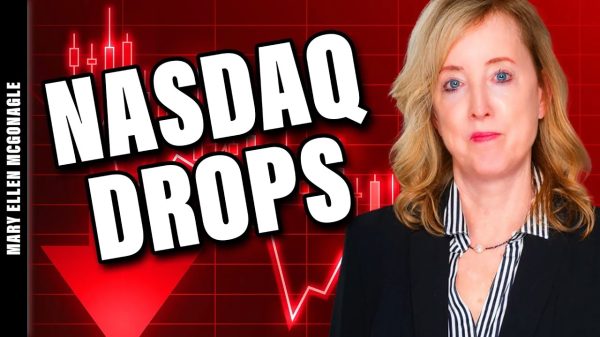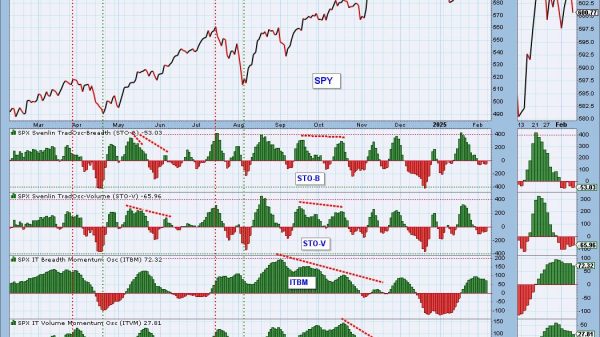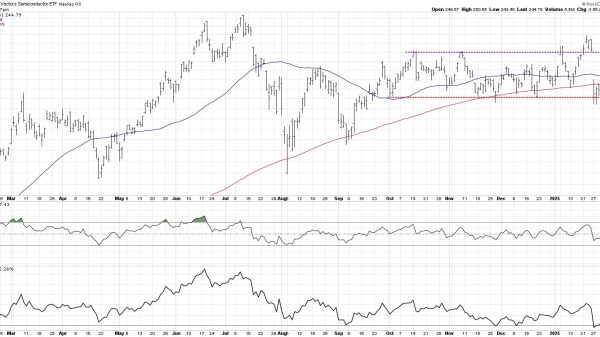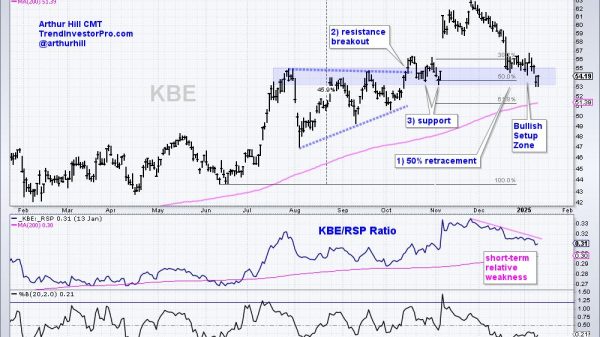A few weeks ago we introduced a new strategy to our members. While a double diagonal spread is a well known strategy, we are trading it with a tweak. One of our members have mentioned that “I realize they are lower risk in the sense that they can be open longer without big losses, but feels to me like playing not to lose.”
Here is a response from our contributor @Yowster who introduced the strategy:
Well… Lay me outline reasons why I like them (and I’ve been doing a ton more of them in personal trades in addition to the official ones, and are tracking even more of them).
They are extremely low risk, of all the trades I’ve had on or tracked only one (a DE personal trade) was down by 10% or more at any given time provided I exit prior to T-0, and I wound up able to close that one for a small gain. I’ve had many make gains of 15% or more (NVDA, SQ, PANW were recent trades I closed within the past few days that fall into this category). Of the trades I’ve placed since January (about 25 of them), roughly 75% of them have been winning trades with an average gain across winners and losers of ~5% (and there were a few large winners like BA and MRNA that I only tracked and didn’t have on). I compare the results to straddle trades since they have similar profit targets, although holding periods can be longer. Compare a 75% win rate with ~5% average gain to our historical straddle results found here and these DD returns are very good. One of the common things heard from many members over the years is that the shorter duration straddle trades are difficult to manage when they can’t be watching the market all the time. DD’s don’t fall into this category as they can be open for longer periods of time, you can easily have GTC orders to close at profit targets and you don’t have to worry about avoiding larger losses when RV suddenly spikes downward – so DDs are very good trades for people who can’t be watching the market all the time. Regarding the “playing not to lose” comment. Managing downside risk as much as possible is one of my primary goals with SO trades, as larger percentage losses can have a large negative impact on portfolio performance. I look at DDs simply like this – I can have roughly 75% of trades be profitable (some smaller gains, but quite a few over 10% and some getting to 20%), but have almost all losses limited to below 10% (most losers below 5%) and that math works out very well over the longer term.Currently, we have 4 DDs open as official trades and this will be the most you are likely to see at any given time – thereby leaving plenty of slots for other trade types. Members have different risk tolerances so not every trade type we use is a good match for all members. But for people who can’t be monitoring the market all the time and for some trades where you’d like a higher capital allocation because of the lower downside risk, DDs can be a good match this category. As one of our members mentioned: “Regarding the “playing not to lose” comment. Managing downside risk as much as possible is one of my primary goals with SO trades, as larger percentage losses can have a large negative impact on portfolio performance. I look at DDs simply like this – I can have roughly 75% of trades be profitable (some smaller gains, but quite a few over 10% and some getting to 20%), but have almost all losses limited to below 10% (most losers below 5%) and that math works out very well over the longer term. Many option forums or traders will report a win percentage, total percentage over a few years. However, I will say that over long periods of time, the unlikely occurrence of a higher risk/higher return strategy of will greatly reduce a portfolio. The cost of the extra options easily is worth the alleviation of risk. If you look at their historical performance. This was once of there better performing trades over time.
So thank you Yowster. I also like that some trades are large enough stocks that you can exceed the recommended allocation without significantly effecting the float with a larger trade, as a straddle/strangle under a dollar needs is less desirable for me. I completely respect this strategy is for a 100k portfolio. I may be trading occasionally more, but that’s a different topic that has been discussed I believe.”
My 2 cents: To put things in perspective, we closed 9 DDs so far with average return of 5.1% and average holding period of 9 days. Only 2 losers, both 2-3%, and none of the trades was down more than 5% at any given time. Even when the stock doesn’t move, the losses are minimal. If someone believes that 5% is not a good return for options trades, I suggest reading Is 5% A Good Return For Options Trades? Yes, some options gurus will tell you that you should aim for at least 100% gain in each option trade, otherwise it is not worth the risk. What they don’t tell you is the risk you will be taking. So I would say that on risk adjusted basis, those results almost too good to be true. They are also pretty easy to open, and because the holding periods are longer than straddles, members have more time to enter. Closing can be done with GTC order, and many times members get better results – just check the previous DD discussion topics. Commissions impact is negligible – in today’s environment, many brokers have zero commissions, and even for people who pay 0.30-0.50 per contract (which is high by the current standards), the commissions impact is less than 0.5% per trade. As for the statement “playing not to lose” – guilty as charged. Limiting losses is our main goal at SteadyOptions. And if you look at our track record, in the last 12 years we were able to produce triple digit gains while keeping the drawdowns very small. I can only salute @Yowster for constantly coming with new variations of well known strategies in every market environment. Another consideration is trade allocation. Lets say you are willing to risk 2% of the account per trade. If you know that the maximum risk is not likely to be more than 10-15%, you can easily allocate 10-12% per trade. But if your risk is 100%, your allocation should not exceed 2% per trade. So your overall performance will not necessarily be better with high risk high reward trades, but with much higher risk. So yes, we are playing not to lose. Keeping your losers small is one of the key elements in trading. Subscribe to SteadyOptions now and experience the full power of options trading at your fingertips. Click the button below to get started! Join SteadyOptions Now!

